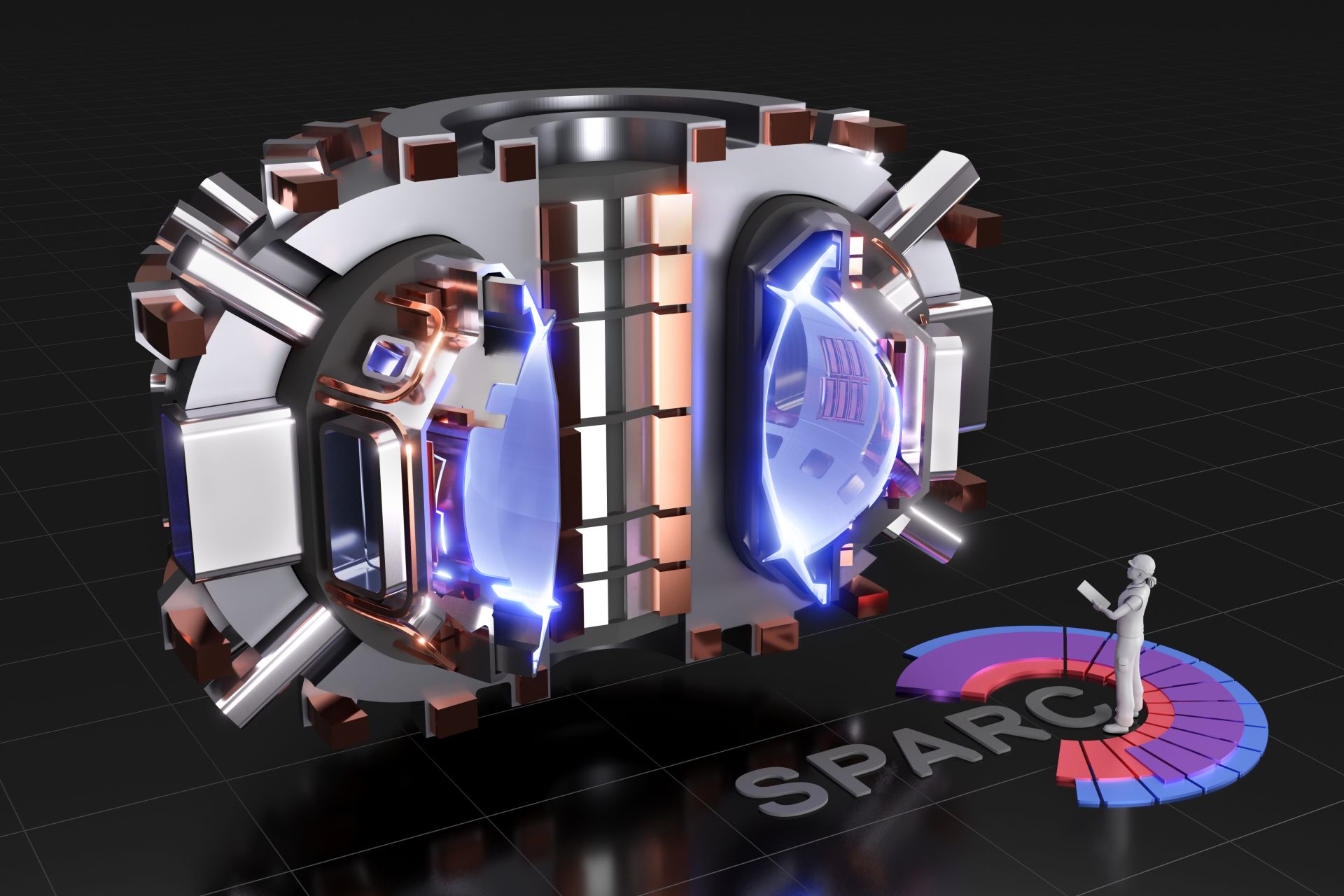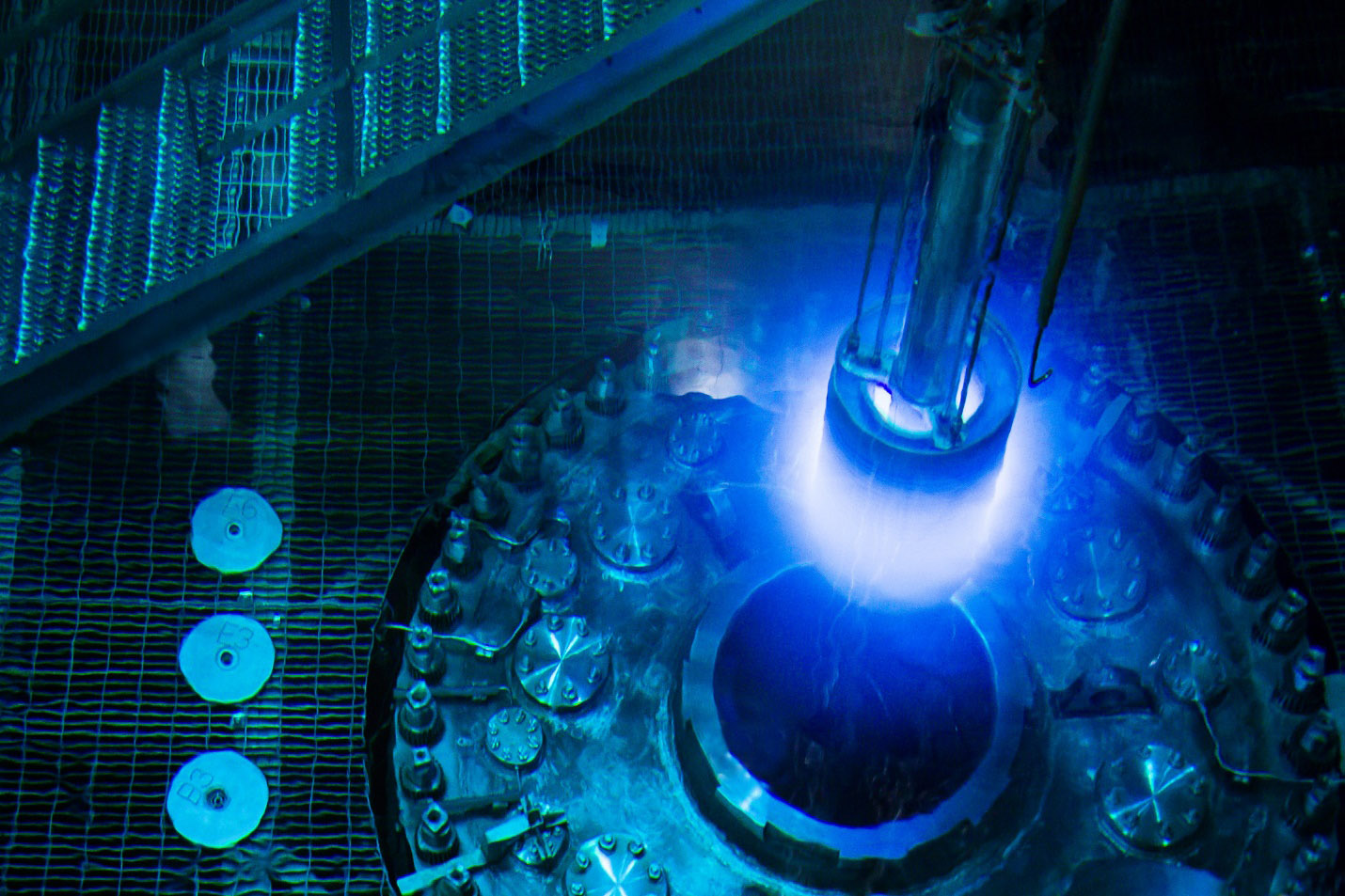DOE’s Hydrogen Program Plan sees potential for nuclear-powered electrolysis

Many regions with peak potential hydrogen demand, as shown in this image created by the National Renewable Energy Laboratory and reproduced in the Hydrogen Program Plan, are also home to operating nuclear power plants. Image: NREL, The Technical and Economic Potential of the H2@Scale Concept within the United States
The Department of Energy released a Hydrogen Program Plan on November 12 that provides a strategic framework for the agency’s hydrogen research, development, and demonstration activities.
The DOE’s Offices of Nuclear Energy, Energy Efficiency and Renewable Energy, Fossil Energy, Electricity, and Science, and the Advanced Research Projects Agency–Energy are all working on the production, transport, storage, and use of hydrogen in several sectors of the economy and have developed technical and programmatic multi-year plans. The Hydrogen Program Plan coordinates and complements those efforts by presenting a strategic direction that highlights the importance of collaboration both within DOE and with stakeholders in industry, academia, and the states.



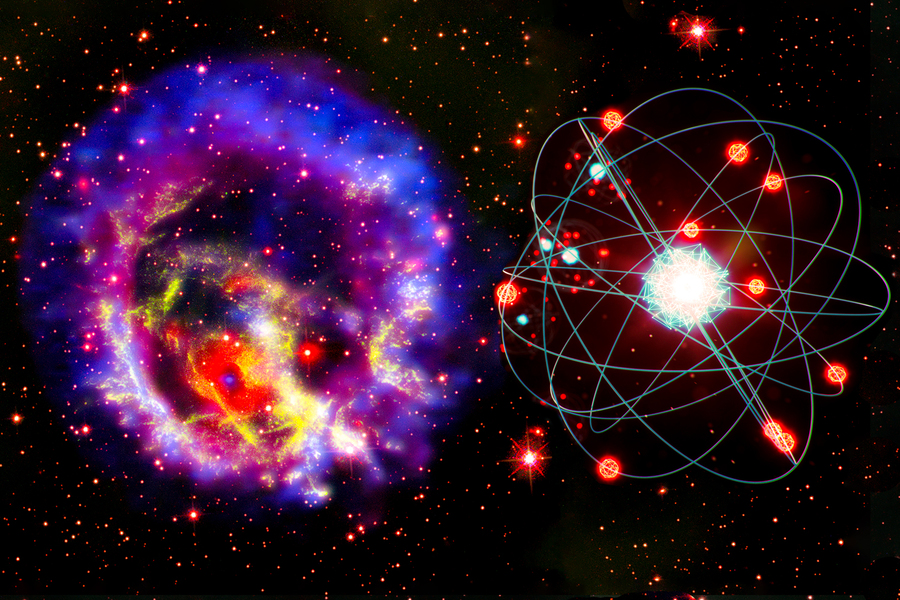

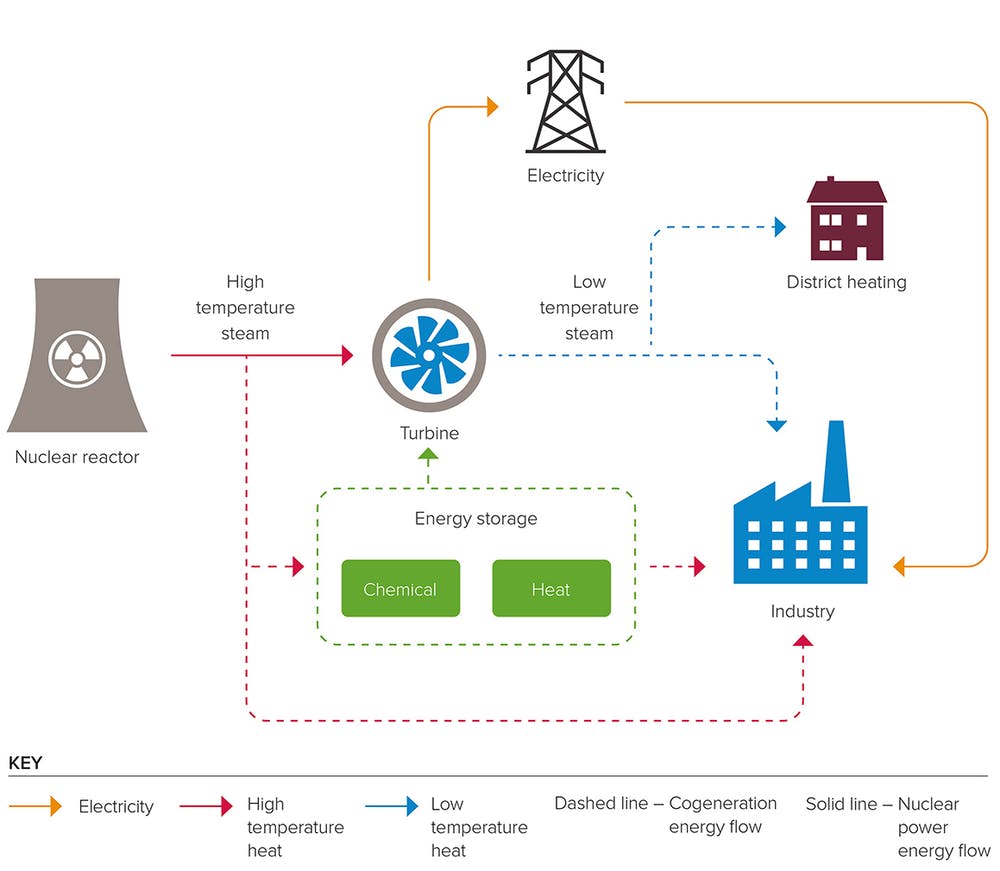


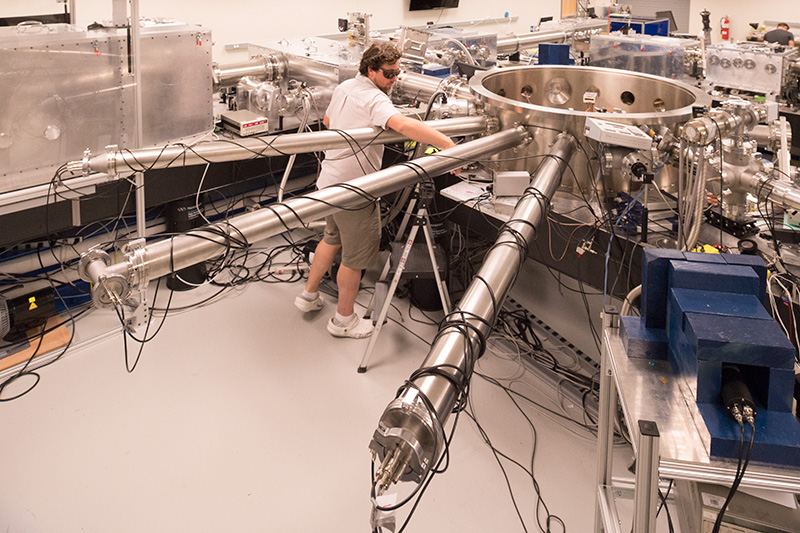
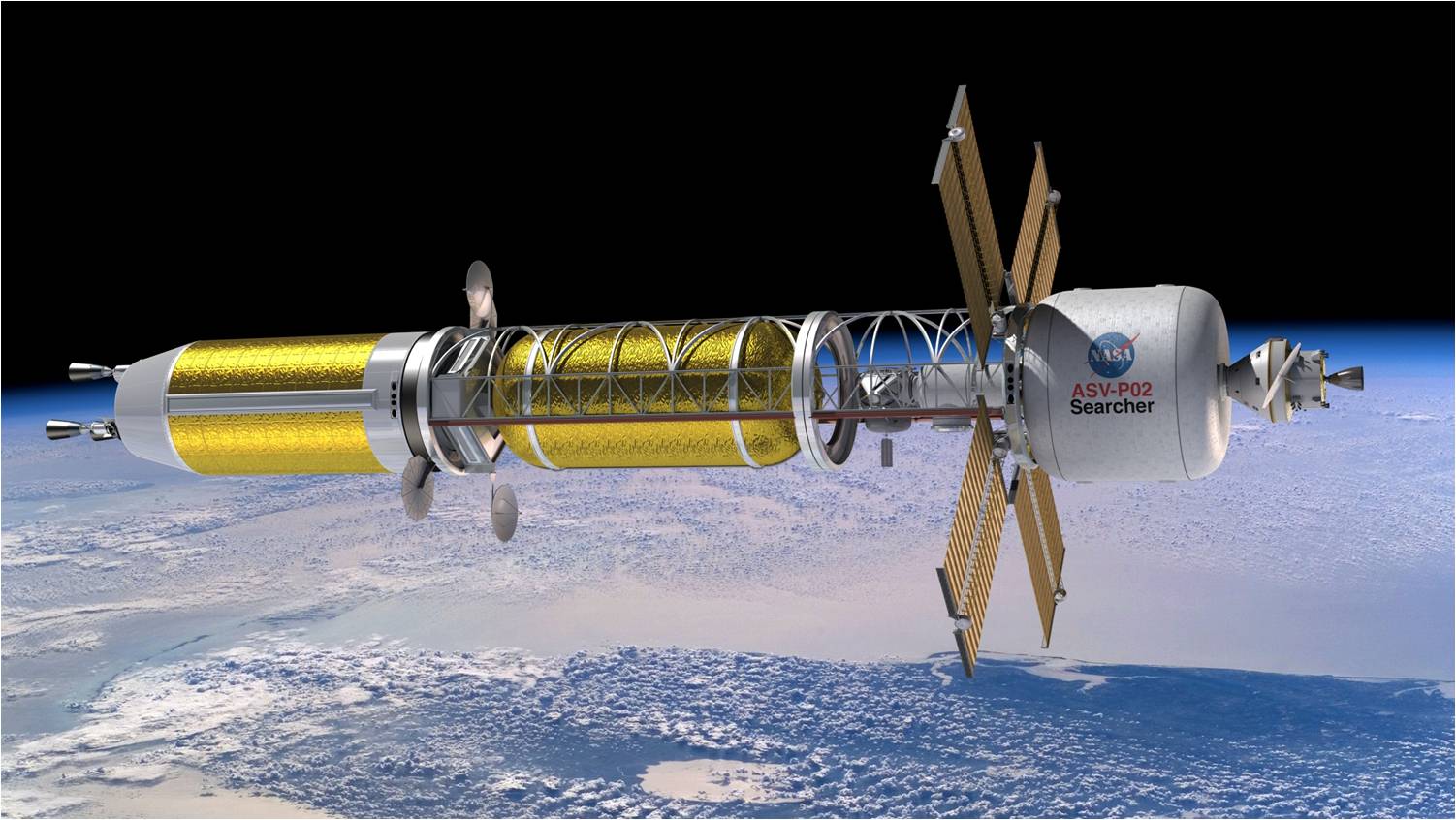




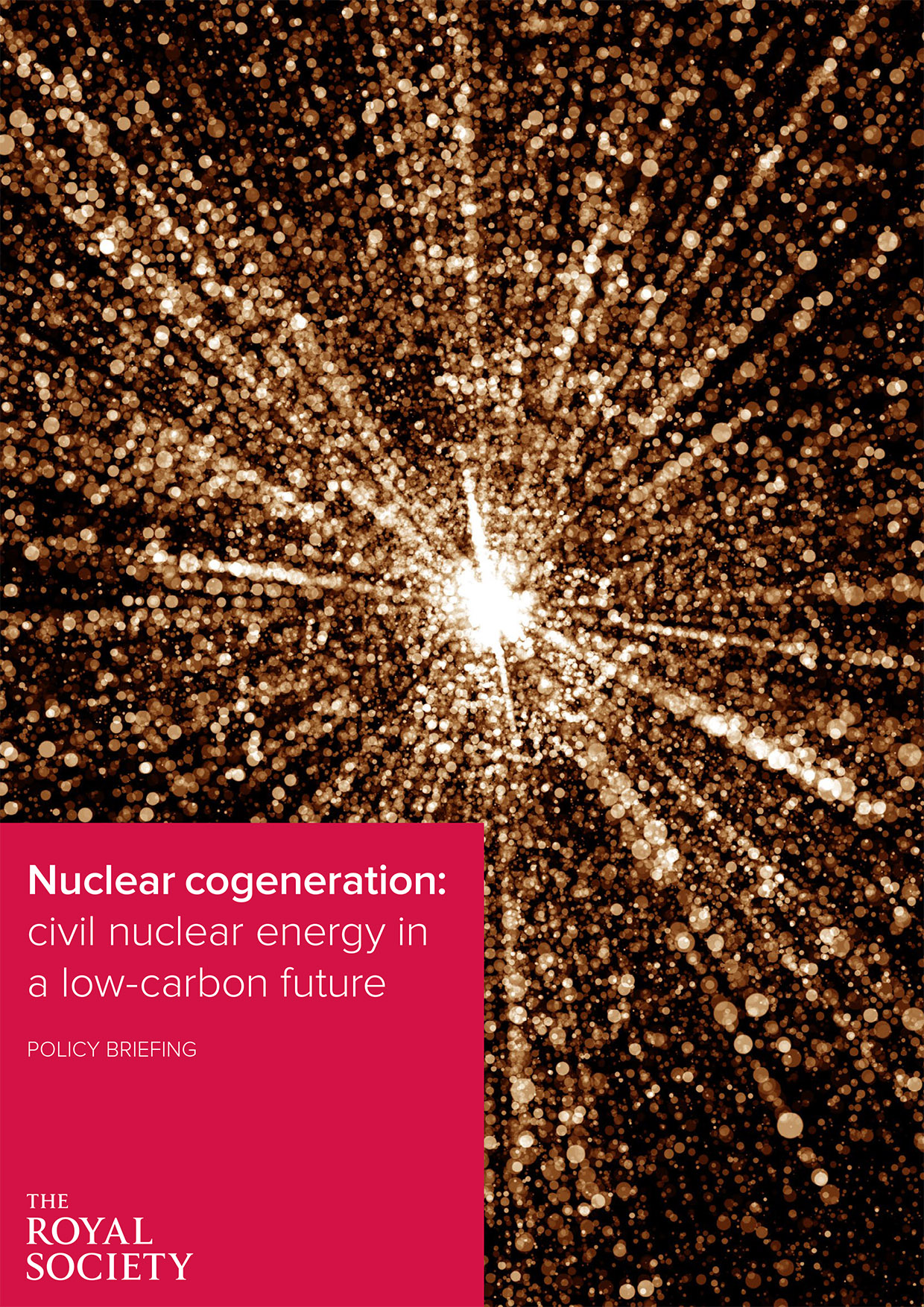 The future of nuclear energy is in cogeneration, according to a policy briefing released on October 7 by the United Kingdom’s Royal Society. (The equivalent of the United States’ National Academy of Sciences, the Royal Society, founded in 1660, is the oldest scientific institution in continuous existence.)
The future of nuclear energy is in cogeneration, according to a policy briefing released on October 7 by the United Kingdom’s Royal Society. (The equivalent of the United States’ National Academy of Sciences, the Royal Society, founded in 1660, is the oldest scientific institution in continuous existence.)